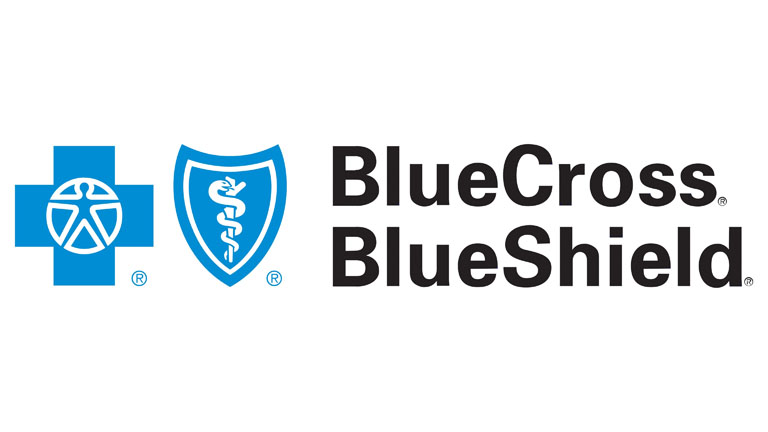You can conveniently pay your balance online through InSite’s secure Patient Portal. Simply log in to your account, review your statement, and make a payment using your preferred method.
InSite partners with major insurance providers across the nation to ensure that everyone has access to affordable mental healthcare.
If you don’t see your insurance listed, we still might accept it. Please contact us to learn more.








InSite Health is committed to providing accessible care. We’re accepting private pay patients, reach out to learn more about how we can offer you affordable care.
Understanding Your Benefits
In our quest to expand healthcare accessibility, we make sure that you understand all the jargon and know what to expect from your mental health insurance benefits. Feel free to contact our experts and we will be happy to answer any questions you may have.
A set fee that a patient owes at the time of service. This amount is determined by the insurance company and is often printed on the patient’s insurance card. This amount is typically owed by the patient even after they satisfy their deductible. This depends on the plan.
The amount the patient pays each year for eligible medical services or medicines before their insurance plan kicks in. It may or may not include copays. Many costs for eligible medical services count toward your deductible. Examples include bills for hospitalization, surgery, lab tests, MRIs, CAT scans, anesthesia, physical therapy, medical devices like pacemakers, mental health care and chiropractic care.
A portion of medical cost that you pay even after your deductible is satisfied. Coinsurance is not part of every insurance plan. Your plan kicks in after you exceed your deductible but coinsurance continues to be the patient’s responsibility. This amount is set by the insurer.
You don’t have to pay copays and coinsurance forever. You only pay until you hit your out-of-pocket maximum. This is the most you could pay for covered medical expenses in a year. This amount includes money you spend on deductibles, copays and coinsurance. Once you reach your annual out-of-pocket maximum, your insurance will pay your covered medical and prescription costs for the rest of the year. Your out-of-pocket maximum is usually different for in-network vs. out-of-network services.

